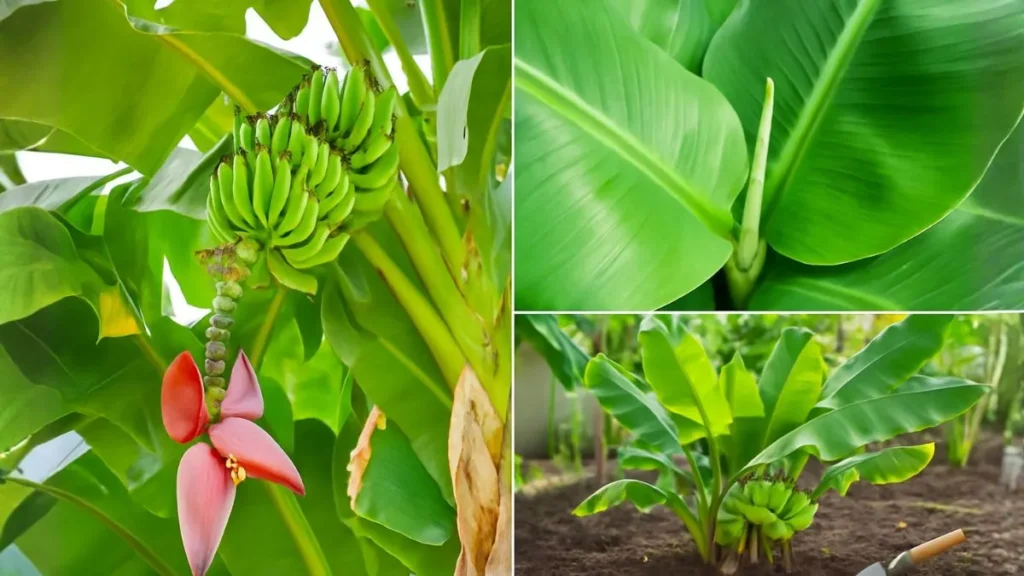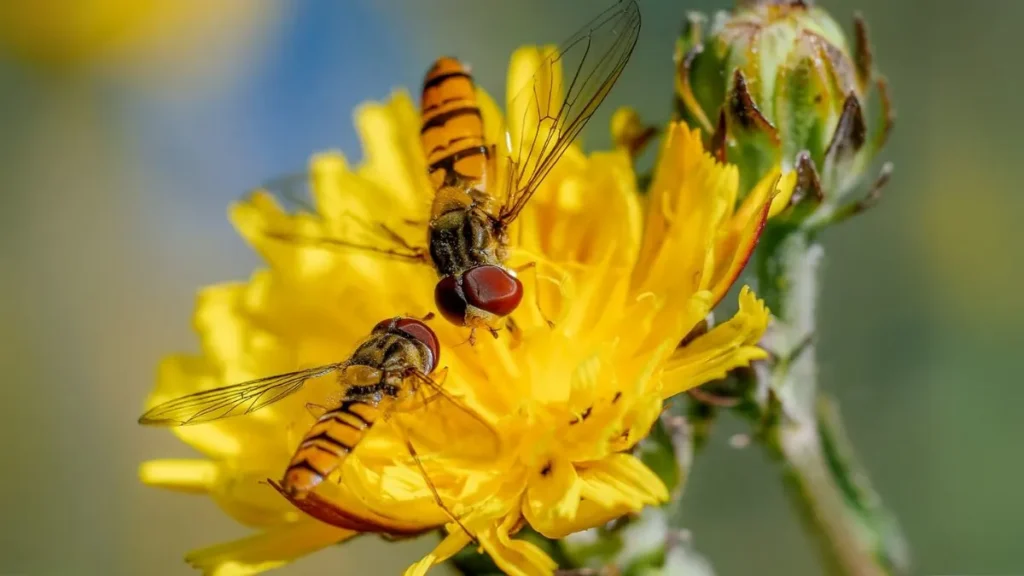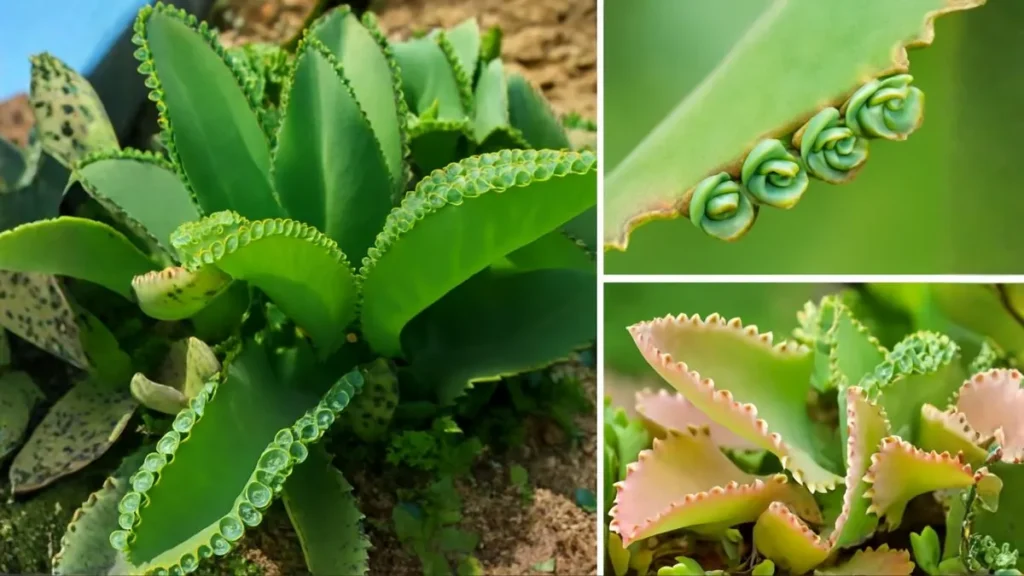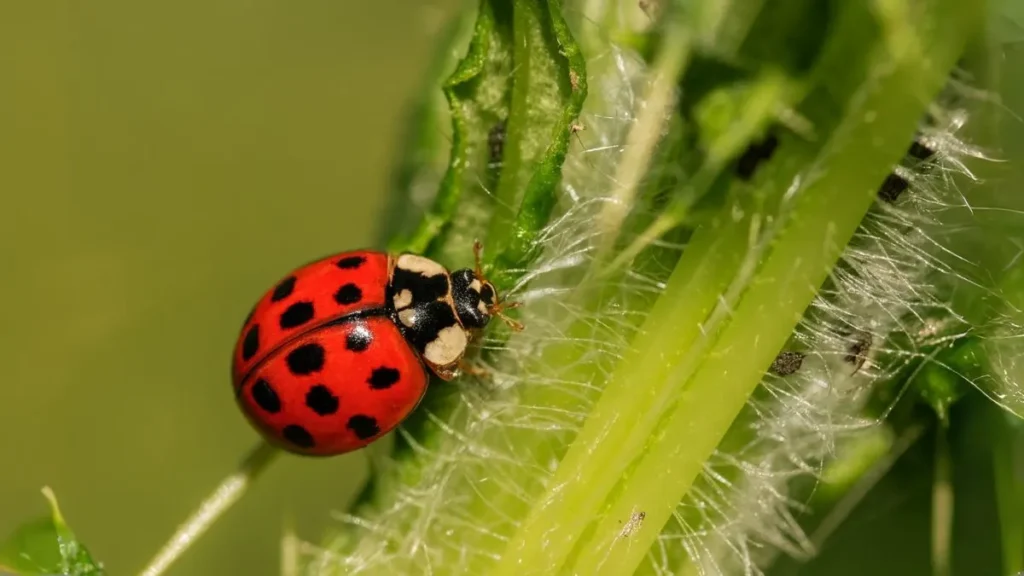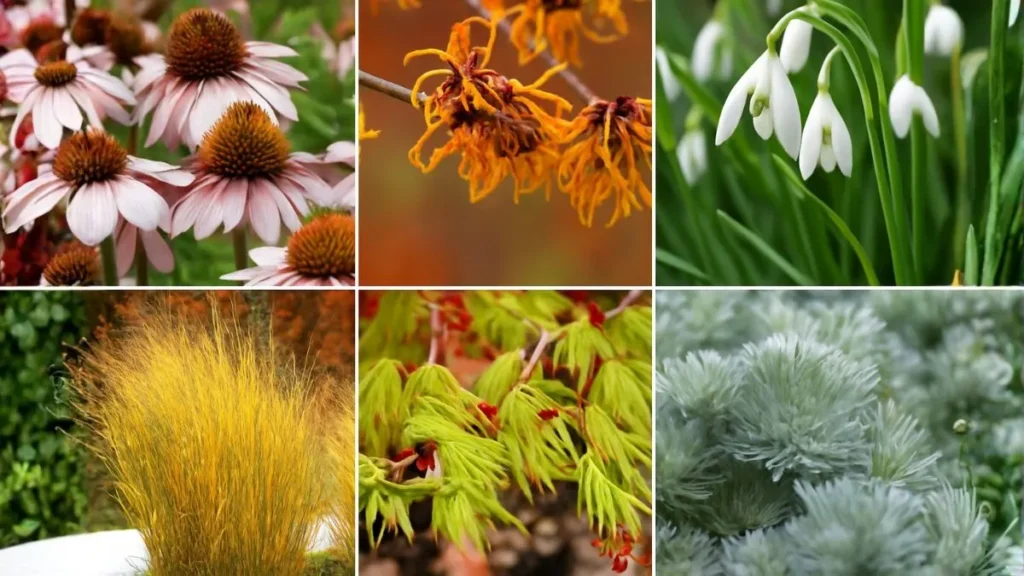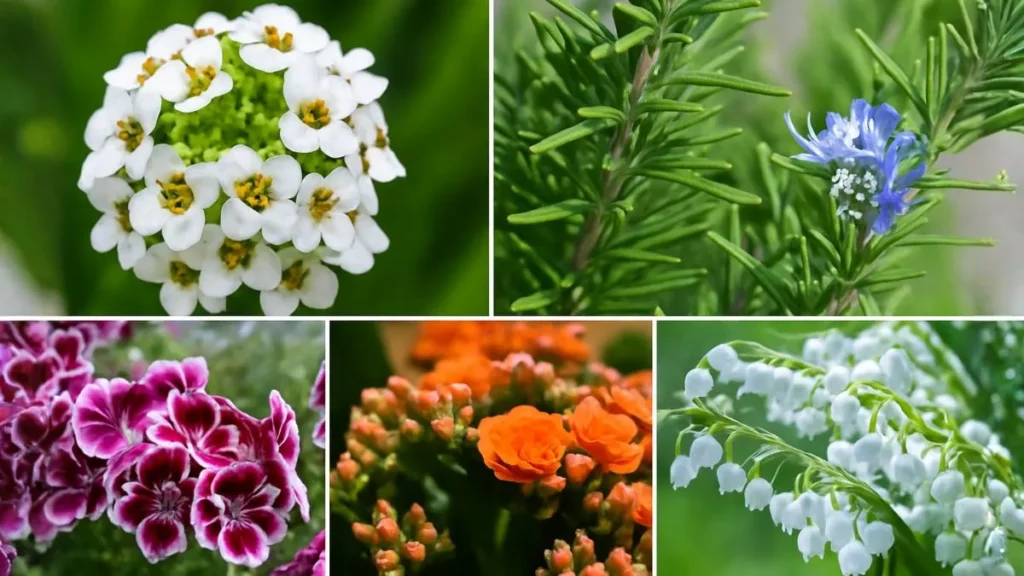If you’ve ever seen a hanging basket bursting with vibrant purple and green leaves, you’ve likely admired a wandering jew plant. Also known as Tradescantia, this plant is adored for its lush foliage, fast growth, and ease of care. Gardeners around the world love it not only for its beauty but also for its resilience—it thrives indoors and outdoors, in containers, or even as ground cover.
But here’s the fun part: there are many wandering jew varieties, each with its own unique charm. From dramatic stripes to fuzzy leaves, these plants can transform your space into a colorful haven.
Why Choose Wandering Jew Plants?

Before diving into the different types, let’s talk about why they’re so popular.
- They are adaptable wandering jews, thriving in various light conditions.
- The plants grow quickly, filling up pots, baskets, and shelves with lush foliage.
- The leaves range from green and silver to pink, purple, and even fuzzy textures.
- They’re relatively low-maintenance and forgiving, making them perfect for both beginners and experienced gardeners.
In short, if you want a plant that looks impressive without demanding constant attention, the wandering jew plant is your best friend.
Popular Wandering Jew Varieties
1. Tradescantia Zebrina (Zebra Plant)
The most recognizable of all, Tradescantia zebrina has variegated leaves that resemble the stripes of a zebra. Its glossy green and purple foliage with silver stripes makes it one of the most decorative hanging plants. Under bright light, the purple tones intensify, giving your plant a striking, dramatic flair.
2. Tradescantia Nanouk
One of the trendiest varieties in recent years, Tradescantia Nanouk boasts pastel hues of pink, purple, and green. It has slightly thicker leaves than most other types, making it a hardy indoor option. Perfect for Instagram-worthy plant décor, Nanouk thrives indoors in Canada and the USA, where colorful foliage is always a hit.
3. Baby Bunny Bellies
A truly unique cultivar, Baby Bunny Bellies is beloved for its fuzzy leaves that feel as soft as a rabbit’s fur. Its velvety green leaves with purple undersides add both texture and charm. This variety is particularly eye-catching in hanging baskets, where its trailing vines can be admired up close.
Also Read: Flowers You Shouldn’t Deadhead
4. Purple Wandering Jew (Tradescantia pallida)
Also called Purple Heart, this variety has deep purple leaves and stems, creating a bold, dramatic look. It’s a favorite for outdoor gardens in warm climates because it provides a stunning contrast when planted alongside green foliage. Indoors, it needs bright light to maintain its rich purple color.
5. Tradescantia Fluminensis
This variety comes with glossy green leaves, sometimes variegated with white or cream. It’s one of the more common types, often used as ground cover or in mixed planters. Easy to propagate through cuttings, it’s a staple for those who want quick coverage in both pots and gardens.
6. Tradescantia Spathacea (Oyster Plant)
A different style altogether, Tradescantia spathacea grows in rosette clusters rather than trailing vines. Its sword-shaped leaves are green on top and purple underneath, offering a tropical vibe. It’s perfect for outdoor landscaping in frost-free areas.
Wandering Jew Uses and Benefits
The beauty of these plants goes beyond looks. Many gardeners use them to:
- Add color indoors: Perfect for brightening living rooms, offices, and kitchens.
- Provide outdoor ground cover: Certain varieties spread beautifully in gardens.
- Improve air quality: Like many houseplants, they help purify indoor air.
- Boost mood and décor: Their unique leaves add a playful, cozy touch to any space.
No wonder so many plant lovers search from thousands of royalty-free Wandering Jew images online for décor inspiration!
Caring for Wandering Jew Varieties
No matter which type you choose, their care is fairly straightforward:
- Light: Bright, indirect light keeps colors vibrant.
- Watering: Keep soil lightly moist, but avoid soggy roots.
- Pruning: Trim back leggy growth to encourage fuller plants.
- Propagation: Take cuttings in soil or water for easy new plants.
If you’re growing them outdoors, ensure you follow proper wandering jew plant care outdoor guidelines, especially in cooler climates where frost can damage the leaves.
Also Read: Tillandsia (Air Plants): The Indoor Plant That Needs No Soil
Quick Comparison of Popular Varieties
Variety |
Unique Feature |
Best Use |
Tradescantia Zebrina |
Striped variegated leaves |
Hanging baskets, indoor décor |
Tradescantia Nanouk |
Pink, purple, and green pastel tones |
Indoor showpiece |
Baby Bunny Bellies |
Soft, fuzzy leaves like rabbit fur |
Hanging pots, tactile appeal |
Purple Wandering Jew |
Bold purple stems and leaves |
Outdoor ground cover, indoors |
T. Fluminensis |
Glossy green with white variegation |
Ground cover, mixed planters |
T. Spathacea |
Upright, rosette-shaped leaves |
Tropical garden landscapes |
The world of wandering jew varieties is as diverse as it is stunning. Whether you love the dramatic stripes of Tradescantia Zebrina, the pastel shades of Nanouk, or the soft feel of Baby Bunny Bellies, there’s a variety for every home and garden.
Their adaptability, beauty, and ease of care make them a favorite in Canada, the USA, and all over the world. If you’re looking to expand your plant collection, this is the perfect place to start.
👉 Choose a few varieties, experiment with different light levels, and watch as these plants transform your space with texture and color.
